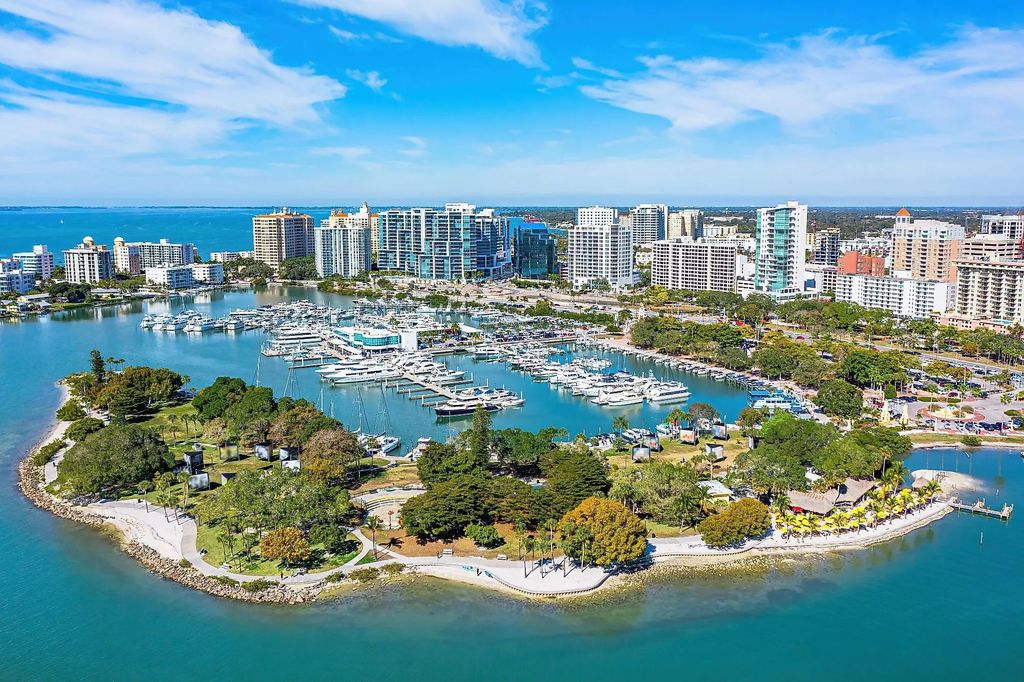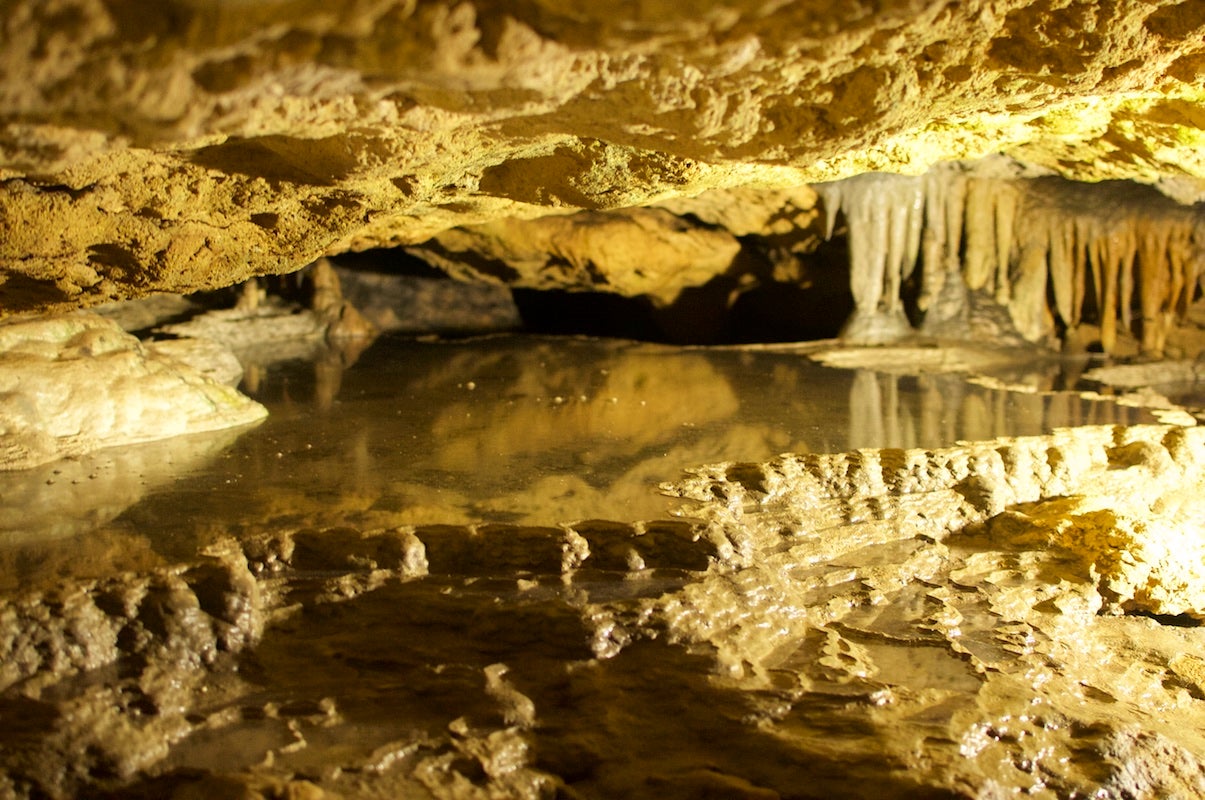
Florida, often celebrated as the “Sunshine State,” stands as a unique and significant entity within the United States. Positioned strategically on a prominent peninsula, it boasts a rich tapestry of natural landscapes, a dynamic demographic makeup, and a history deeply intertwined with both indigenous civilizations and European colonization. This article embarks on an extensive exploration of Florida, drawing from detailed factual information to paint a comprehensive portrait of its fundamental characteristics.
From its diverse climate zones, which range from humid subtropical in the north to tropical in the south, to its distinctive geological features shaped by millennia of natural processes, Florida offers a compelling subject for study. Its ecosystems are vibrant and complex, supporting a wide array of flora and fauna, while its population reflects a fascinating blend of cultures and historical shifts.
Our journey into the heart of Florida will illuminate the core elements that define this state, providing an authoritative and factual overview. We will delve into its precise geographical placement, the nuances of its weather patterns, the subterranean marvels of its geology, the incredible biodiversity of its plant and animal life, and the intricate evolution of its human population, all underpinned by its compelling historical narrative.

1. **Florida’s Geographic Identity: Location, Borders, and Key Features** Florida occupies a distinctive position in the southeastern United States, primarily situated on a large peninsula that extends into the Gulf of Mexico on its west, the Atlantic Ocean on its east, and is bordered by the Florida Strait to the south. To its north, the state shares land boundaries with Alabama and Georgia. The state’s extensive maritime borders trace the entirety of its peninsula, encompassing a small northern land area and the southern cluster of islands known as the Florida Keys.
The majority of Florida’s landmass rests upon this namesake peninsula, with its geographical coordinates spanning from 24°30′ N latitude to 31° N latitude and 79°48′ W longitude to 87°38′ W longitude, covering a breadth of 582 km and a length of 721 km. While much of the state is characterized by low-lying terrain, some elevated areas do exist. The highest natural point in the state, Britton Hill, stands at 105 meters in the northern part, though it does not lie on the peninsula itself. The highest point on the peninsula is Sugarloaf Mountain, reaching 95 meters.
The state’s topography largely consists of a lowland plain, transitioning to more undulating, hilly landscapes predominantly in its northern regions. The Florida Gulf, positioned between the peninsula and the Florida Keys archipelago, is another notable geographical feature. These diverse topographical elements contribute significantly to Florida’s unique environmental and climatic characteristics.

2. **The Diverse Climate of Florida: From Subtropical to Tropical** Climatically, Florida is divided into two primary zones, distinguishing its environmental character across the state. The larger portion of Florida, specifically north of Lake Okeechobee, experiences a humid subtropical climate, characterized by warm, humid summers and mild winters. South of Lake Okeechobee, including major tourist destinations like Miami, the climate transitions to tropical, offering consistently warm temperatures throughout the year.
The northern regions of Florida typically exhibit a monsoon climate, influenced by seasonal wind shifts that bring distinct wet and dry periods. Conversely, the southern parts benefit from an oceanic climate, where marine breezes exert a significant moderating effect on temperatures, preventing extreme heat during the summer months. This mild winter climate in cities such as Miami makes it a premier destination for tourism during the colder months on the North American continent, with average January temperatures ranging from approximately +18°C to +21°C.
Sunshine is abundant across Florida, with Northern and Central Florida receiving 2400-2800 hours annually, while Southern Florida basks in even more, between 2800-3200 hours. Average summer temperatures range from 26°C in the north to 28°C in the south, rarely exceeding 38°C. Winter temperatures vary from 12°C in the north to 20°C in the south. The state experiences the highest average rainfall among U.S. states and is known for frequent tropical thunderstorms, which can be accompanied by hail and tornadoes. Flooding is a significant concern, particularly in the low-lying southern areas. While rare, isolated, and brief snowfalls have been recorded in northern Florida, snow has never been observed in the southern part of the state.

3. **Geological Foundations: Karst Landscapes and Sinkhole Challenges** The Florida peninsula is primarily a plateau composed of karst limestone, which sits atop a geological structure known as the Florida Platform. This underlying limestone forms the bedrock for much of the state’s terrain. Notably, Florida hosts some of the largest potash salt deposits found within the United States, highlighting its significant geological resources.
Throughout the state, extensive systems of underwater caves, numerous karst sinkholes, and natural springs are prevalent. These geological formations are crucial for supplying a substantial portion of the water utilized by Florida’s residents. The limestone bedrock is typically overlaid by layers of sand, accumulated over millions of years from ancient beaches, a process influenced by varying sea levels. During the last ice age, a significant drop in sea level led to an expansion of the peninsula’s land area and the development of a savanna-type geology.
The southernmost edge of the peninsula is famously home to the Everglades, an extraordinarily wide and slow-moving river that is a prime example of the state’s unique hydrogeology. While fascinating, the karst topography also presents challenges; sinkholes have caused considerable damage to private property, amounting to an estimated $2 billion between 2006 and 2010. Despite these geological features, Florida rarely experiences earthquakes, ranking last among U.S. states for seismic activity, primarily because it is not situated near tectonic plate boundaries.

4. **A Rich Tapestry of Flora: Distinct Vegetative Zones and Endangered Species** Florida’s diverse geography and climate have fostered a remarkable array of plant life, organized into several distinct vegetative zones. One prominent zone is the subtropical open forests, which are characterized by an abundance of vibrant flowers, including over 60 varieties of orchids. These areas contribute significantly to the state’s reputation as a lush and verdant landscape.
Another notable zone comprises shrub forests, predominantly featuring low-growing sand pines. Alongside these pines, species such as palmetto, Maryland oak, and black oak thrive, creating unique, hardy ecosystems. Florida also encompasses extensive wetland zones, ranging from the immense expanse of the Everglades to smaller, localized salt marshes, each supporting specialized aquatic and semi-aquatic plant species adapted to waterlogged conditions.
In the northern parts of Florida, traditional forest zones prevail, dominated by both hardwoods and various conifers like swamp pine, other pine species, and cypress. The central part of the state features savanna zones, home to plants such as lettuce and American lotus. While southern Florida now boasts over 100 palm species, many of which were introduced and naturalized over the past two centuries, only about 15 species were originally indigenous. However, many native species, including nearly all cacti and orchids, most ferns, and numerous palm species, are currently experiencing significant habitat reduction and declining populations, with some, like Harrisia fragrans, Florida yew, Key cactus, cowhorn cactus, and certain rhododendron species, facing near extinction. The cocoplum (Coccoloba uvifera) is an example of a plant with extensive economic use.

5. **Remarkable Fauna: Indigenous Wildlife and Invasive Species Concerns** Florida’s fauna is extraordinarily diverse, encompassing a wide spectrum of species across its varied habitats. Marine mammals inhabiting its coastal waters include the bottlenose dolphin, short-finned pilot whale, and the critically endangered North Atlantic right whale, along with the iconic American manatee. The state’s reptile population is particularly rich, featuring the American alligator and the less common American crocodile, alongside venomous snakes like the harlequin coral snake, eastern diamondback rattlesnake, and dusky pygmy rattlesnake. Non-venomous snakes such as the scarlet kingsnake, milk snake, and drymarchon genus are also present. Furthermore, the state is home to various turtles, including the green sea turtle, leatherback sea turtle, and the gopher tortoise.
A growing concern for Florida’s native ecosystems is the presence of approximately nine species of boas and pythons, introduced from South America, Africa, and Asia. These non-native snakes, including the reticulated python, yellow anaconda, and Burmese python, have successfully established breeding populations, particularly in the southern peninsula, posing a significant threat to rare native animals and birds. Among the native mammals are the critically endangered Florida panther, Canadian otter, mink, Florida rabbit, marsh rabbit, raccoon, striped skunk, squirrels, white-tailed deer, key deer, bobcat, grey fox, coyote, wild boar (an introduced species that, along with feral domestic pigs, harms the ecosystem), Florida black bear, and the nine-banded armadillo.
Avian diversity is equally impressive, with about 11 species of hummingbirds recorded, alongside the bald eagle, crested caracara, snail kite, osprey, American white and brown pelicans, gulls, American and sandhill cranes, roseate spoonbill, Florida scrub-jay (an endemic species), and the Osceola turkey, an endemic subspecies. Florida’s waters teem with life, boasting over 150 different fish species in its coastal zones and dozens of freshwater fish species in its inland bodies of water and rivers. Invertebrates are also abundant, with over 300 native butterfly species, alongside carpenter ants, termites, the American cockroach, Africanized bees, and the red imported fire ant. The study of Florida’s extinct plants and animals, preserved as fossils, falls under the domain of paleontology.

6. **The Human Landscape: Population Trends and Ethnic Diversity** Florida has experienced remarkable population growth, reaching 21,538,187 residents in 2020, solidifying its position as the 3rd most populous state in the United States, following California and Texas. Historically, the indigenous population exclusively inhabited the peninsula until the 16th century. During the Spanish colonial period, this native population intermingled with Spanish colonists and escaped enslaved Africans, adopting the Spanish language as a lingua franca. However, the American takeover led to the mass deportation of much of this mixed, Spanish-speaking population, replacing it with a typical U.S. two-racial model of free white English-speaking colonists and enslaved Black individuals.
In the early 20th century, the proportion of Black residents in Florida reached as high as 50 percent of the total population. Subsequently, as large numbers of Black individuals migrated north and white individuals moved south, the white population share gradually increased, peaking at 80 percent by the early 1960s. However, since the late 1960s, a distinct trend has emerged: a reduction in the proportion of the white English-speaking population, accompanied by a rise in the Latino and Black populations. This shift is attributable to both higher natural growth rates within these communities and intensive immigration.




